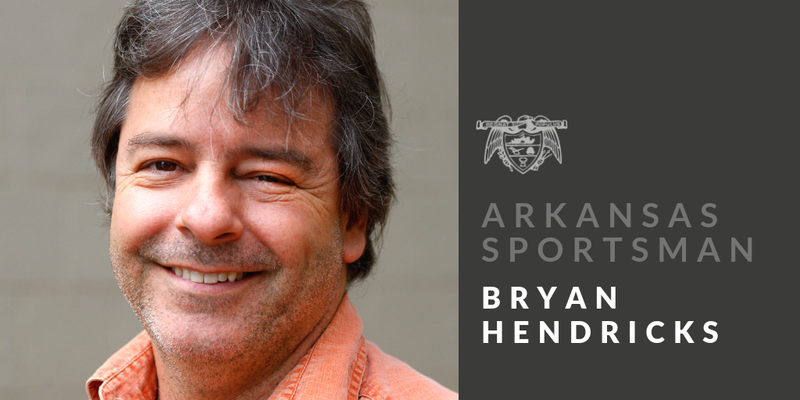To have a chance at killing a mature buck in October, Michaiah Stanley says you have to get in your stand in total darkness.
If you enter the woods in "gray light," Stanley says you'll be too late. Deer that have been eating all night retreat to their bedding areas at dawn. If you're on your stand in darkness, you'll have a good chance at ambushing a buck as he returns to his den. If you're walking around in "gray light," you might bump a buck. Then you will have educated that buck, Stanley said, and you probably won't get another chance.
Reaching my stand in darkness means getting up a good bit earlier than I like. As usual, I rise before my alarm sounds and deactivate it before it disturbs Miss Laura. All of my gear is beside the door. I dress there quietly and then transfer my gear to the truck in two stealthy trips. Usually my cats dash to the door for breakfast, but this is too early even for them.
My truck radio is silent as I make the 25-minute drive to my lease. I am awash in thought, but I also want my ears inured to silence. Woodland sounds are subtle and nuanced. Deer hunting is largely a decoding exercise. Did a branch fall from a pine tree, or did a deer step on a twig? Is it a deer or a squirrel making all that noise in the thicket?
A swishing in the grass sounded just a like a deer passing through. I raised my gun and braced for its appearance, but no deer came. Eventually a hawk ascended from a small grass thicket with some sort of rodent in its talons. The swish of grass was from when the hawk swooped in for the kill.
But that was later, in full light.
I walked about three-quarters of a mile to my stand in pitch darkness to avoid disturbing the woods with the sound of my four-wheeler. The temperature was about 45 degrees, so I wasn't worried about stepping on a venomous snake. Even in the blackest night you can see a snake on a trail because it is darker than the ground, but only if you're watching.
Fast forward a moment to Sunday afternoon, when I drove through the Tull Bottoms in Grant County on my way to an evening hunt. I swerved to miss a giant snake sunning in the road. I pulled over to investigate. It was a timber rattler at least 5-feet long and very thick. Its colors and patterns were brilliant. Its terminal 10-12 inches were black.
With a large stick, I tried to push it off the road so somebody wouldn't run over it. It coiled and struck at the stick. I continued pushing, and it eventually moved quickly off to the road shoulder. Its camo made it vanish the instant it got in the grass, but it continued rattling angrily as it slithered into the woods.
I would not want to meet that guy during an inattentive moment on a trail in the dark.
Walking in the dark is all about the feet. It's amazing how sensitive they are, sending signals to your brain to adjust for balance and pressure when you step on a stick, step in an indention or an uplift than might otherwise cause you to roll an ankle or pitch forward. Feeling a stick underfoot, my weight automatically shifts upward or to the side, preventing from snapping the stick with a telltale crack.
Instead of plowing through overhanging branches on the trail, I bob, weave and roll through ostacles, allowing them to slide off my shoulders, neck and head with minimum noise.
I used to be terrified of spiders, but walking through spider webs in darkness cured me of it, just as working as a roofer cured my fear of heights. I will walk through at least half a dozen spider webs on this journey. Their webs will be all in my hair and even in the frames of my glasses. The speed at which they will rebuild astonishes me.
From years of making this walk, I recognize even in darkness the curve around which my stand waits. It's open there, and the scant amount of ambient light illuminates the trees at the bend of the curve.
I ascend the stand quietly and stow my gear silently. Even my coffee mug, an Aladdin mug with a pressurized lid and a sliding sip opening, is built for silence.
My eyes adjust to gray light, and come sharply into focus at shooting light.
A doe comes by about 8 a.m. I am tempted to end this day early, but I didn't go through all that trouble for a doe. Besides, my cameras tell me a good buck is in the area.
He doesn't show, but it was a good morning all the same.
Sports on 10/24/2019
